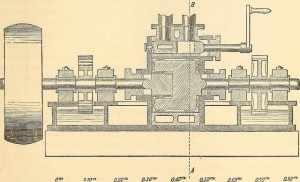
 Just Because the Customer Requests MTBF
Just Because the Customer Requests MTBF
Is that justification to use MTBF?
No.
It’s not. In this case the customer is probably not asking for MTBF, what they most like want to know is something meaningful about the expected reliability performance of the item in question. They want to know if what they will or did purchase will last as long as they expect.
Providing them MTBF most likely will be misleading.
Providing only a single number that is an inverse failure rate assuming a constant failure rate over an undisclosed amount of time is difficult if not impossible to interpret correctly. Thus misleading.
When faced with a customer request for MTBF, reply with a question or two.
Over what duration are you planning to use the product?
In what environment and with what range of conditions?
How many of these items will be in your product or service? Are they in a parallel or series reliability configuration?
Then answer their question. Adjust your response for the temperature or stress level they plan to use the device. Provide a response in light of the duration of expected use. And, provide additional information about the implications of parallel or series configurations.
Respond with MTBF AND reliability (probability of success over a duration) values.
Maybe they will appreciate the complete response and maybe, just maybe they will ask their other vendors for better reliability information, in the future.
Don’t wait till they ask the right question, you can answer the question they should have asked anyway.
Perhaps note also the intended / real level of intervention
thanks for the comment Mike – yes if it’s not important the use of MTBF may be ok – then of course why do anything if it’s not important.
What about an MTBF based on the components (theoretical calculation)?
To compare the previous models with the new (to be developed) ones.
Hi Tim,
If the mix of failure mechanisms are related to parts count (weak relationship) or temperature (some connection in some cases) then sure. Using fewer parts at a cooler temperature may help encourage the design team to improve reliability. Yet, what a game — you know that many will interpret the parts count prediction as an estimate of the actual expected life (marketing claims, warranty reserves, spares provisioning, etc.)
If you’re going to do good reliability work, like creating useful predictions, than parts count of any kind is pretty much out.
Cheers,
Fred